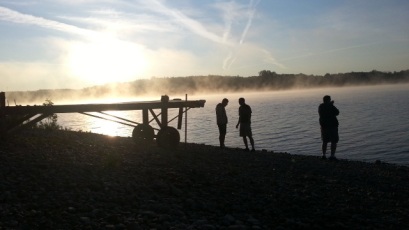Just back from Toronto. Had a great time taking a group of 25 sales and marketing team members out on a Leadership Outbreak journey. The most fascinating element was that these 25 individuals consisted of 8 different nationalities and were from 4 different continents. Woah now that is a diverse group! What fascinated me even more was how this group got along. Specific cultural idiosyncrasies were taken for granted and laughed upon whereas when the going got tough the group really gelled together and delivered results.
Research shows that multi-cultural groups perform when:
- There is a long-term commitment
- There is a focus on a range of issues of shared concern
- They share core values of mutual respect, valuing of difference, and a high level of trust.
All elements were present in this team and it was beautiful to see it working together.
So how do you lead diverse teams? It might sound a bit counterintuitive but research shows that to successfully lead diverse teams you have to focus on task orientation when a team is newly formed to ensure all members are clear about what is expected of them, the roles they have and the structure in which they operate. When this is established the leader can switch to relationship orientation and focus on building trust, commitment to the team and shared values.
Couple of tips on how to lead diverse teams:
Misconceptions and Misunderstandings
Language is essential to communication yet it can cause many misunderstandings. There are thousands of differences in how people might interpret American and UK English. Just because people speak the same language doesn’t mean that it’s as easy for them to communicate as it is for native speakers.
Behaving Differently
Understand, be considerate and tolerant of cultural differences. These can be habits, or beliefs, body language, ways of speaking or the amount of personal space that people want. What may seem strange in South Asia is totally normal in China and completely unacceptable in the United States of America.
Be Self Aware
Think about how your own background, education, upbringing clouds your way of thinking and working style: what you consider normal may not seem normal to others.
Appreciate People as Individuals
The worse you can do is to treat everybody the same. People want to be recognized as individuals, who they are, what they stand for and what they have achieved. Don’t fall into the stereotyping trap.
Leading teams of people that are like you is so much easier. It takes an effort to get out of your comfort zone and make a diverse team work. The advantages however are bountiful. For me the single most advantage is that working in diverse and multi cultural teams is that they make you so much richer.
– Paul Keijzer
You may also like:












